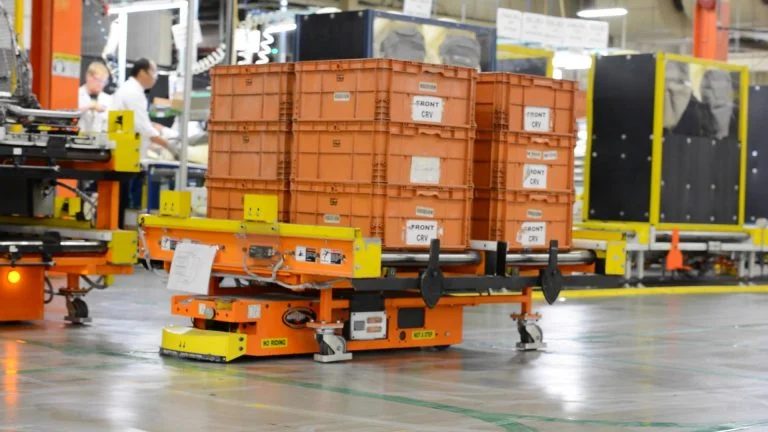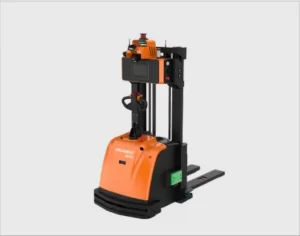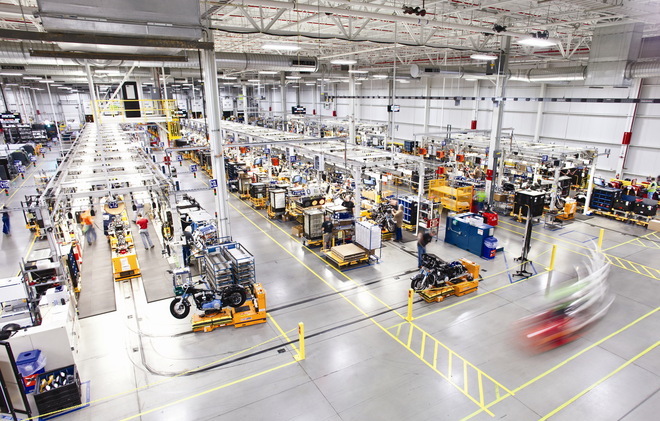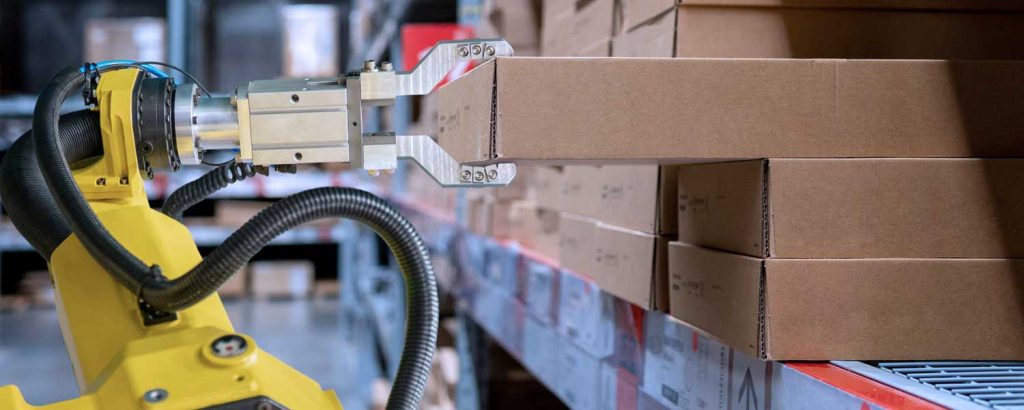AGVs (Automated Guided vehicles) are the way of using automatic/ autonomous robots which are integrated with a central management system to transport materials, and objects in factories, warehouses, etc.
Automatic robots were developed for the first time in the 1950s under the name of “driverless vehicles”. Until the year 1973, the term “AGVs” just came into use by an automobile company named Volvo in German
AGVs up until now have become widespread in so many factories with constant working shifts or other fields such as medication, clinics warehouse, retail, services, etc.
Using AGVs clearly demonstrates the much higher productivity and performance of production lines, and transfer processes, while also helping to decrease the labor costs, labor injuries, and waiting times for transferring lines. The development of communication, electronics, sensor systems certainly become the steppingstone for the fourth era of AGVs – the technology of future
So, which main parts make up an AGVs system?
1. Hardware
Hardware is the configuration of robots that we see with the naked eye. Based on specific forms and main functions, robots are divided into four main types:
1.1. Latent mobile robots
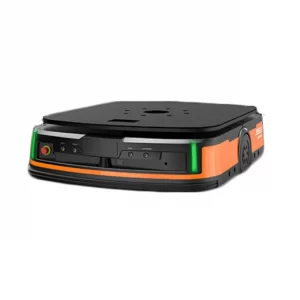 |
A robot will go under pallets to lift the whole pallets up, bring them to the destination and drop them off. |
1.2. Conveyer mobile robots
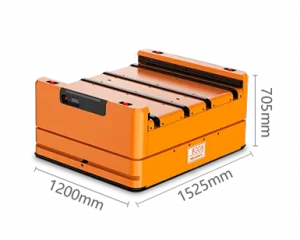 |
This line of robots is designed especially for docking with production lines |
1.3. Forklift mobile robot
1.4. Heavy-duty mobile robot
 |
With large dimensions and good heavy duty, this robot line is used in car lifting in parking areas and other heavy-duty range of applications. |
2. Software
Robot control system – the most complex and also the most important part in deciding the efficiency of an AGVs system. To put it simply, this is a translator in which the software can understand robot language to collect information, regulate robot action; at the same time can integrate with and upload the collected data to upper management systems (like WMSs, ERP, etc.) to update inventory or other information to make any changes needed.
From the upper down, the robot control system includes:
2.1 Central management system
Main functions:
- Map building
- Statistics
- Task template
- Devices management
- Alarm Query
- Third party interface
2.2. Robot control system
Main functions:
- Layout management
- Alarm process
- Task process
- Algorithms library
- Communication
2.3. Alarm management service
- Alarm Query
- Alarm process
2.4. Warehouse control system (WCS)
- Third party interface
- Communication
For more detailed information about how to set up an AGVs system for your specific applications, contact us directly at:
Hotline: (+84) 984 695 398
Email: gluexpert@prostech.ph



